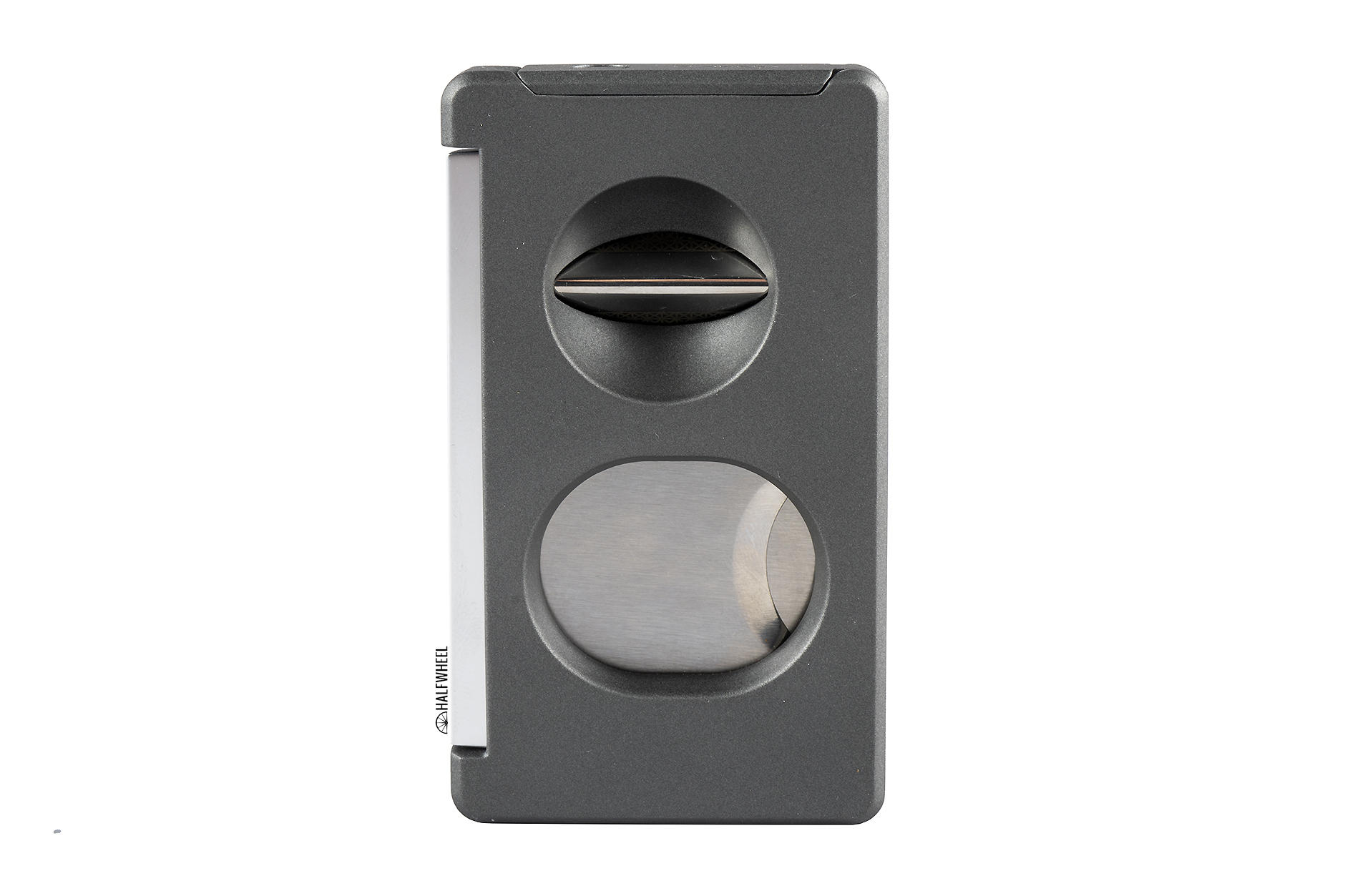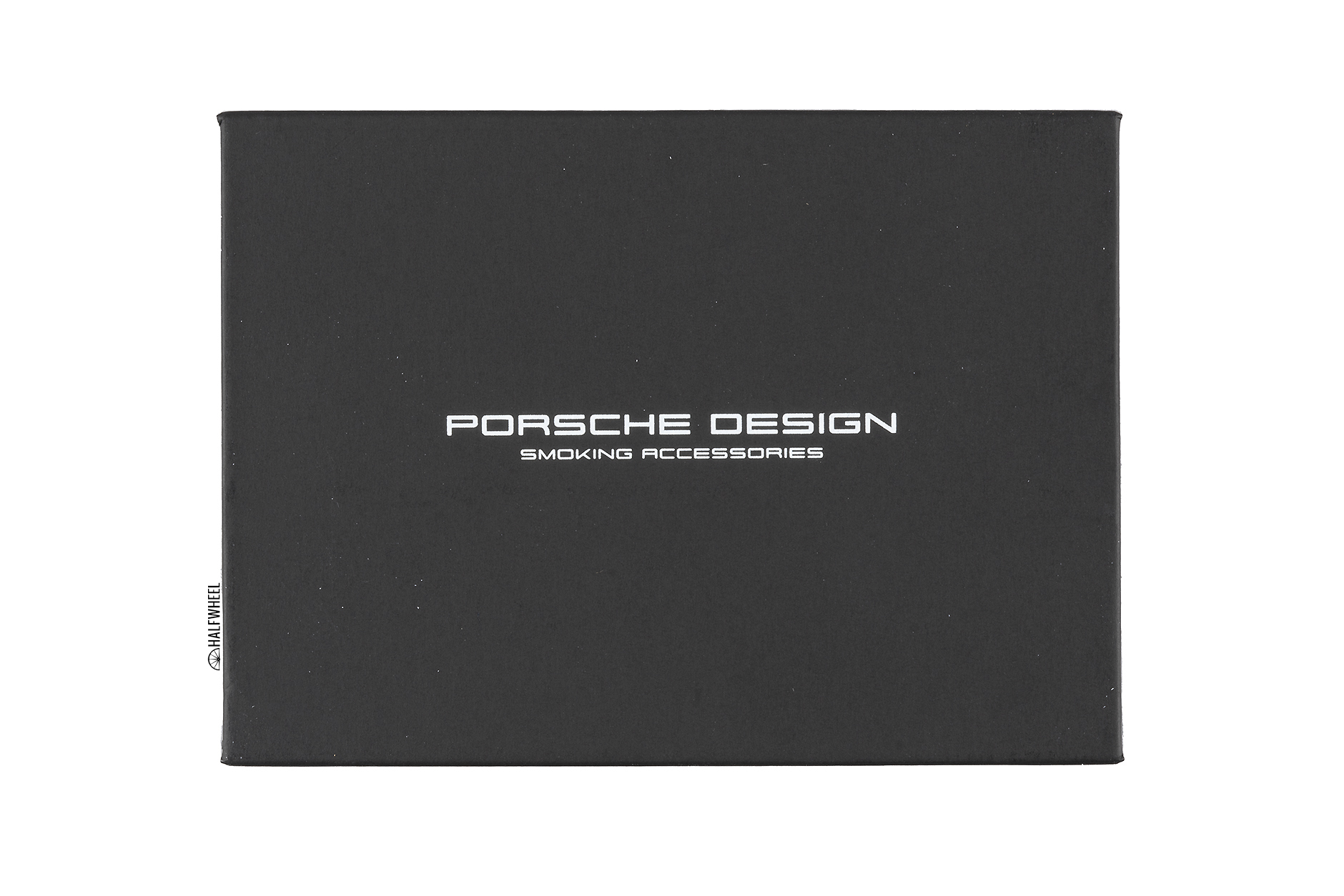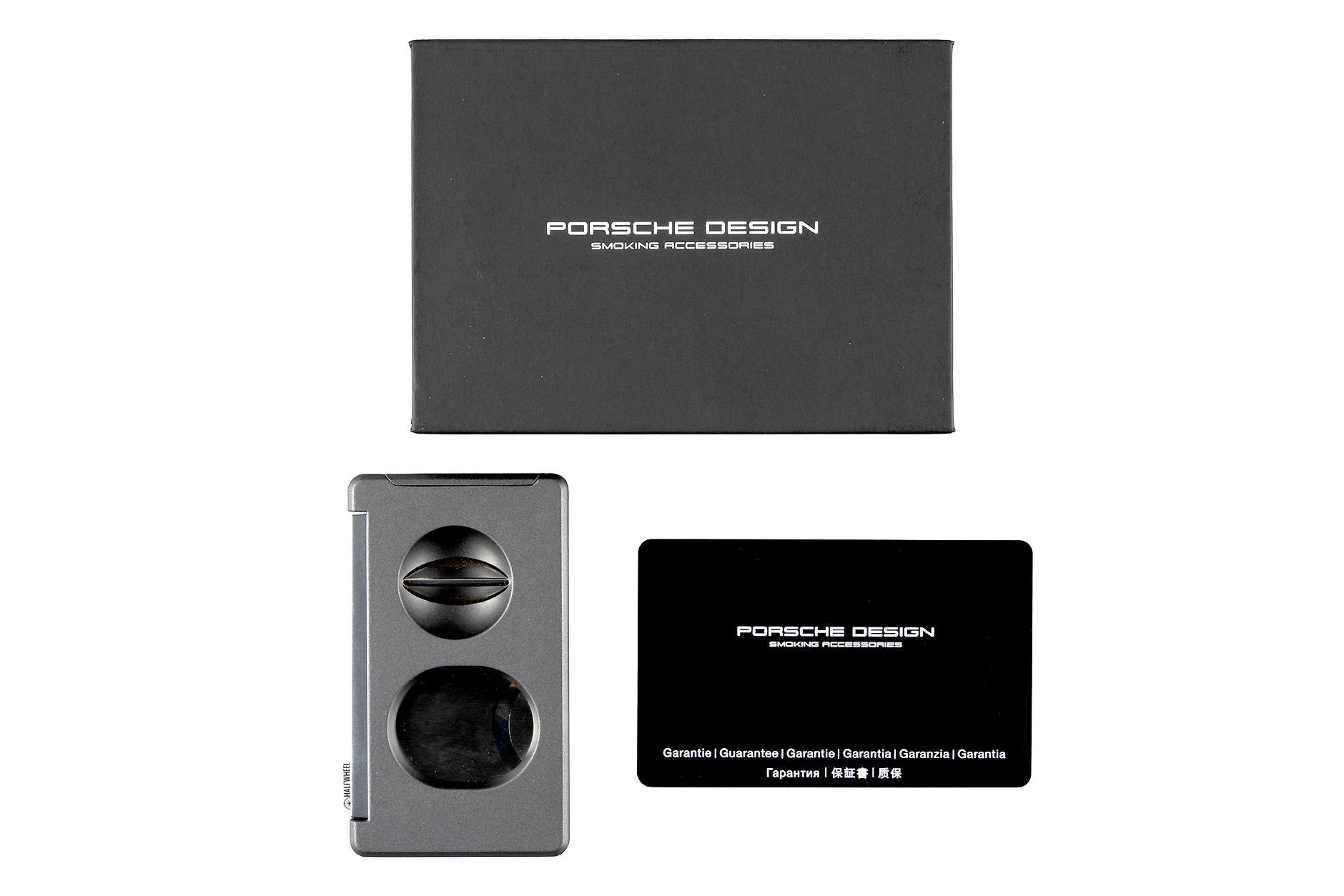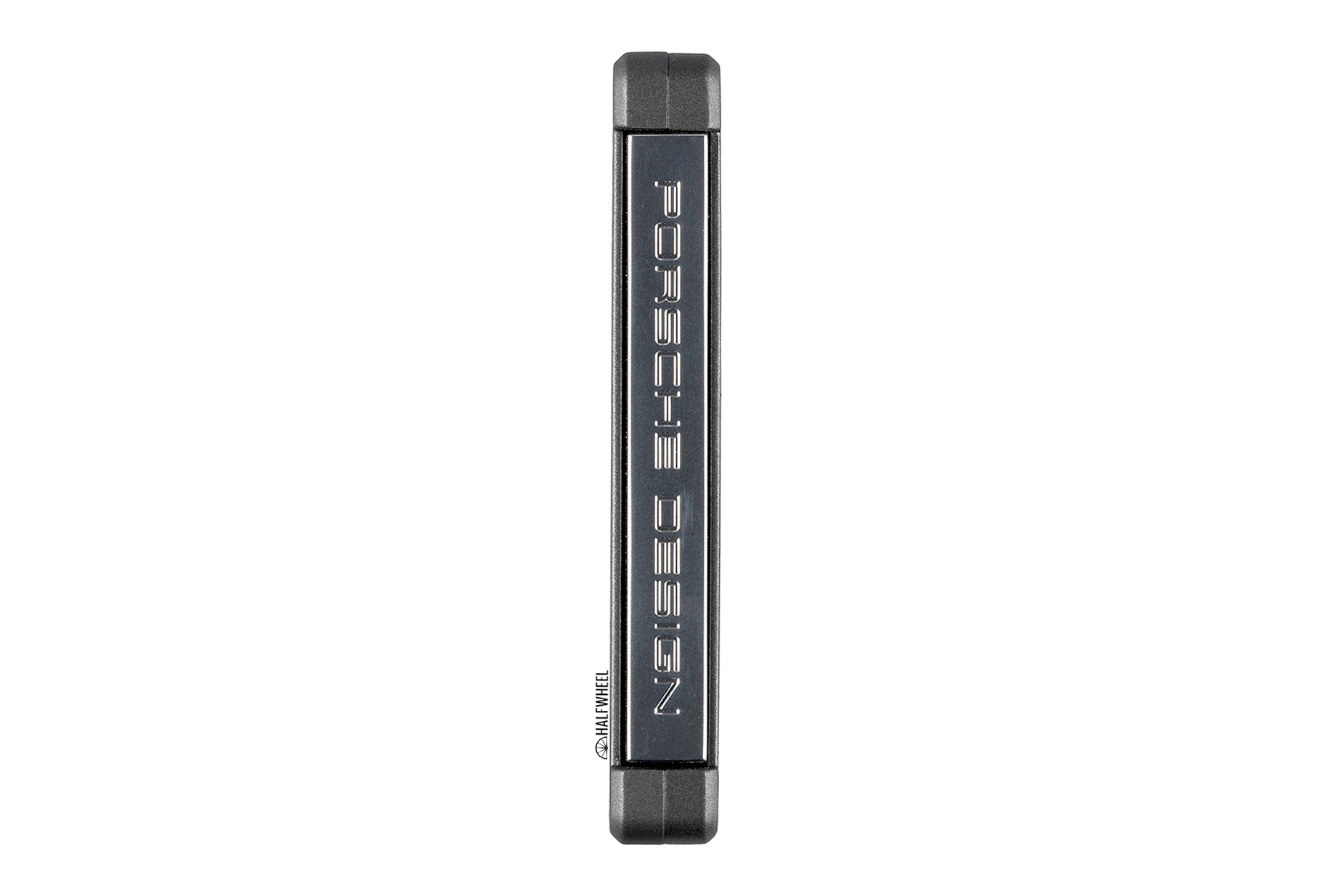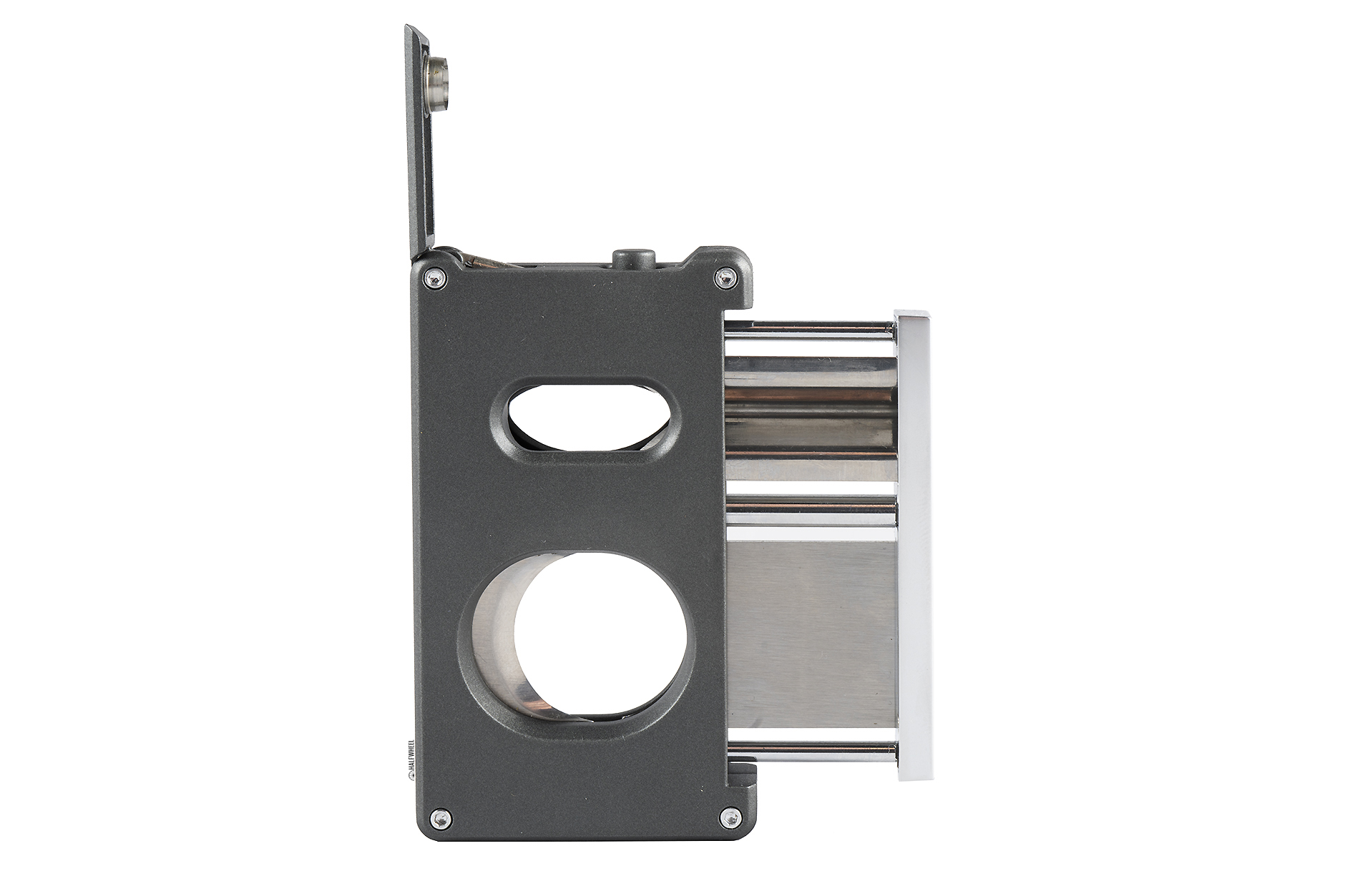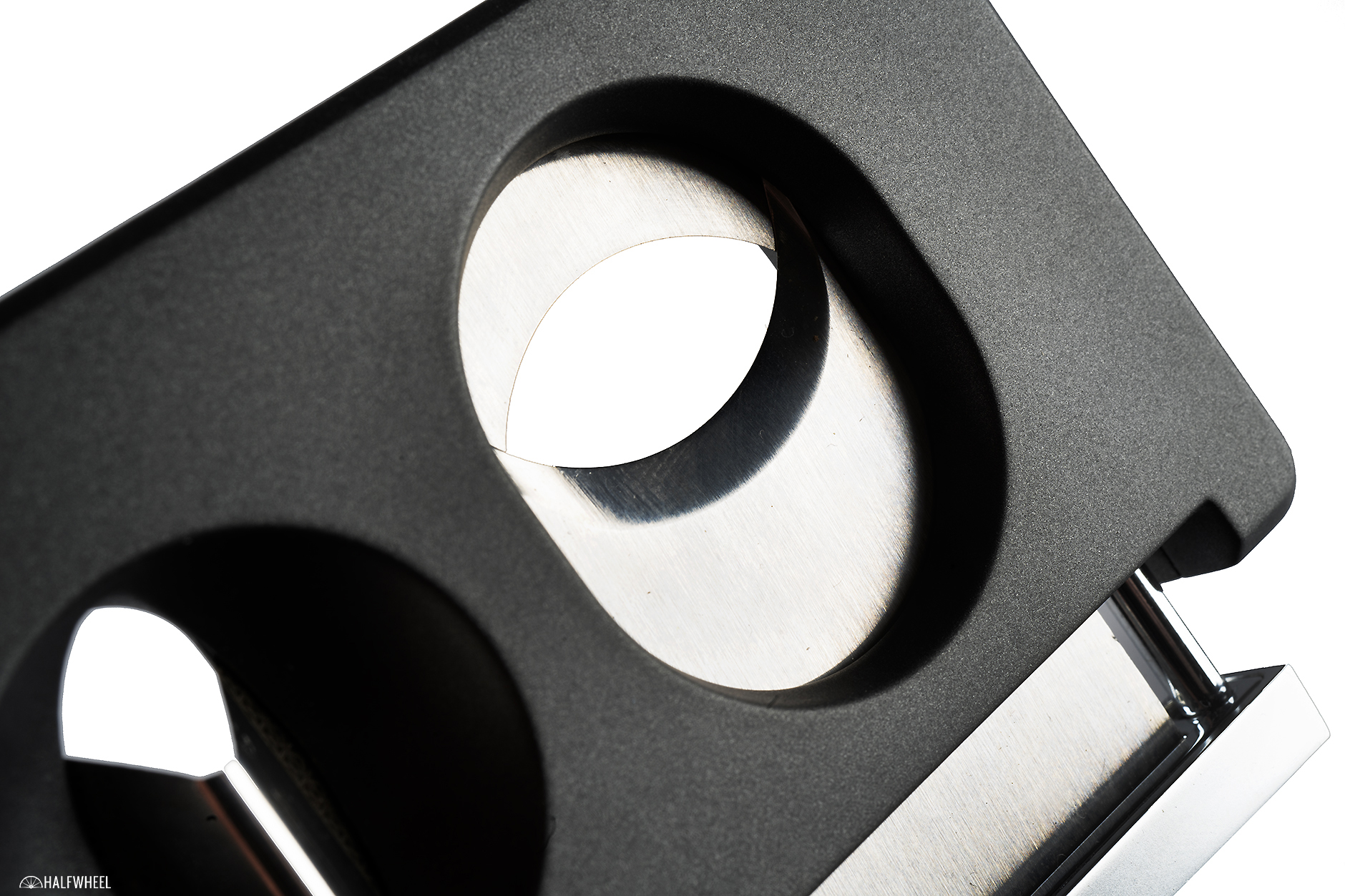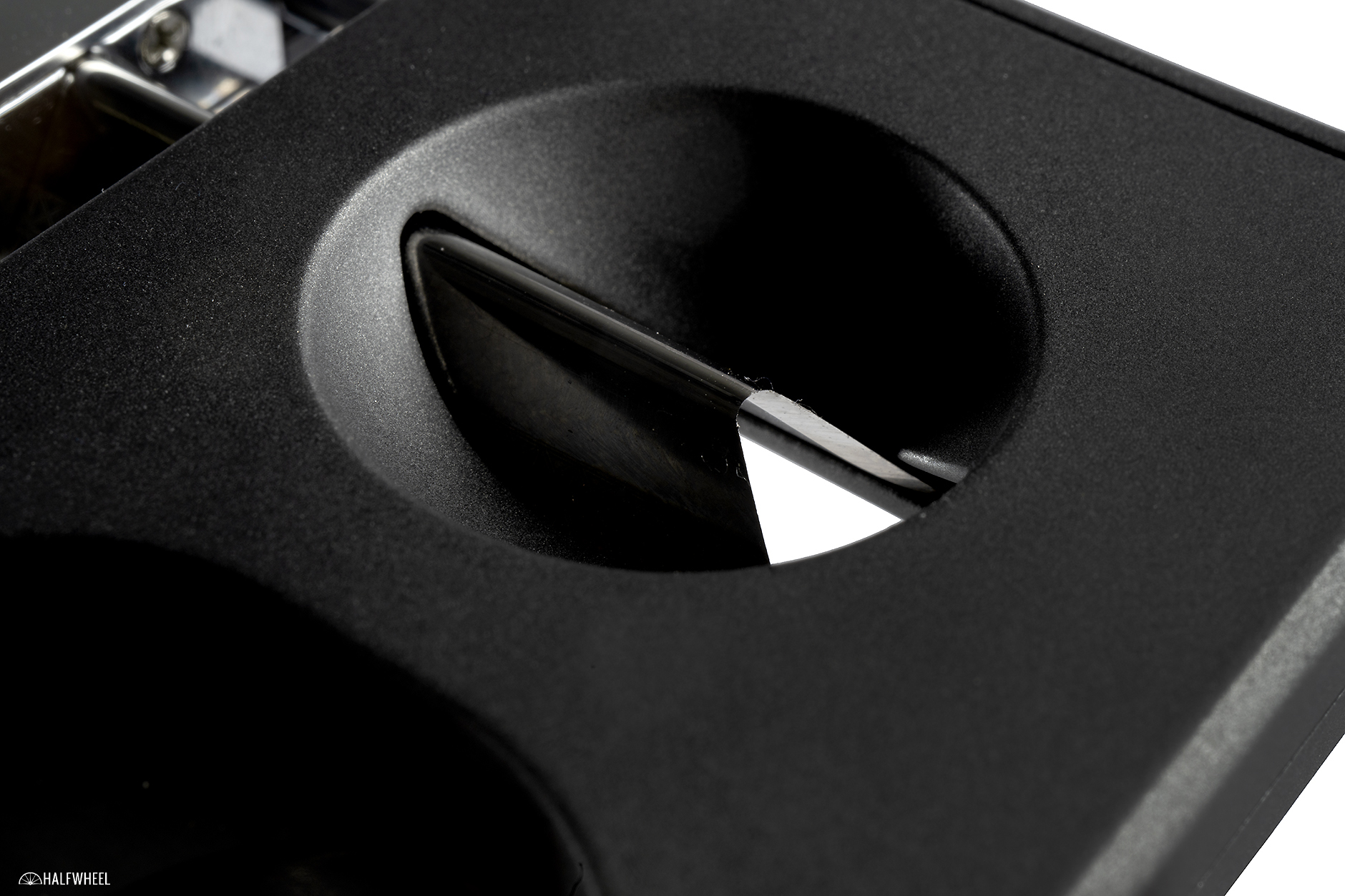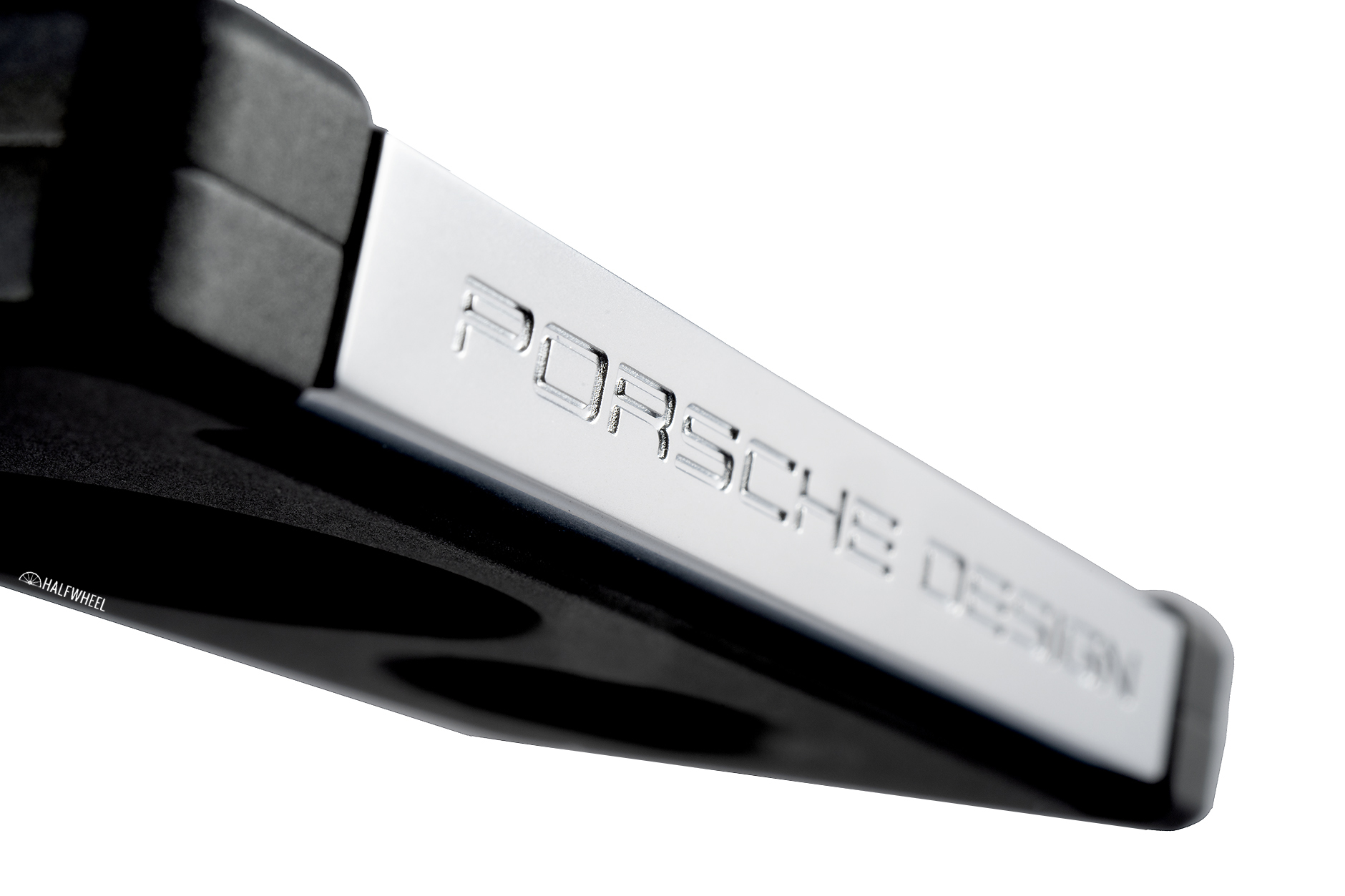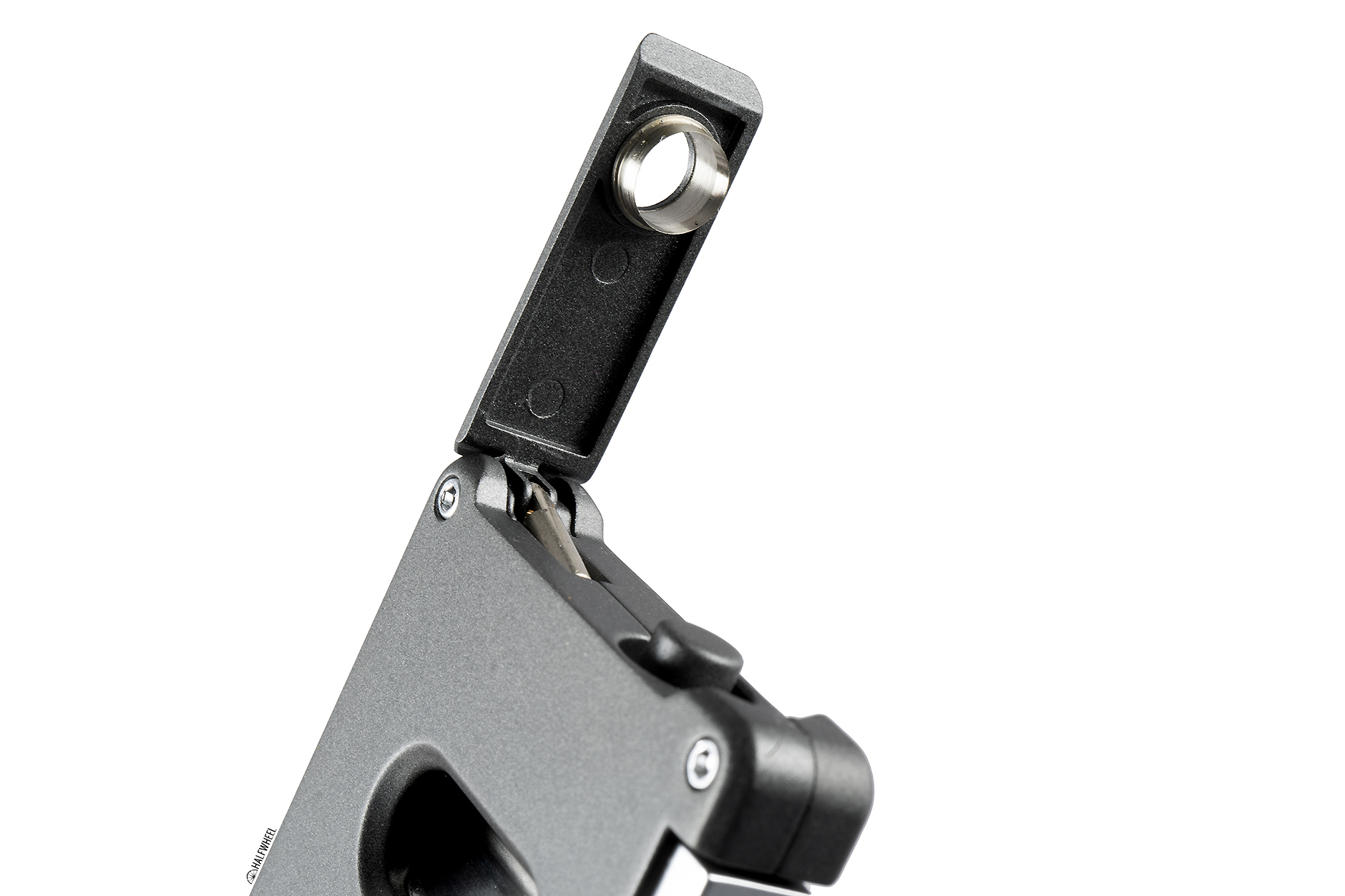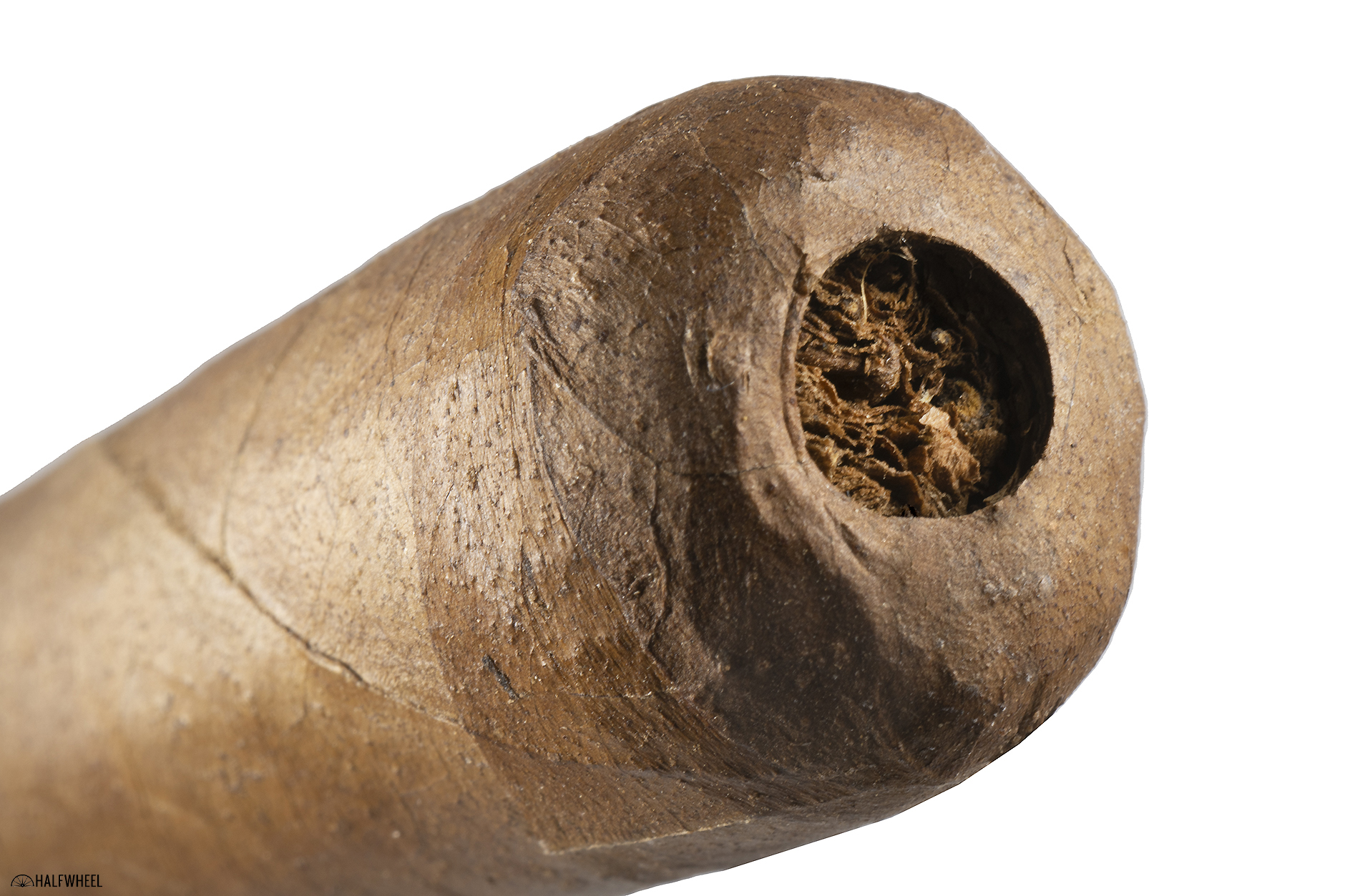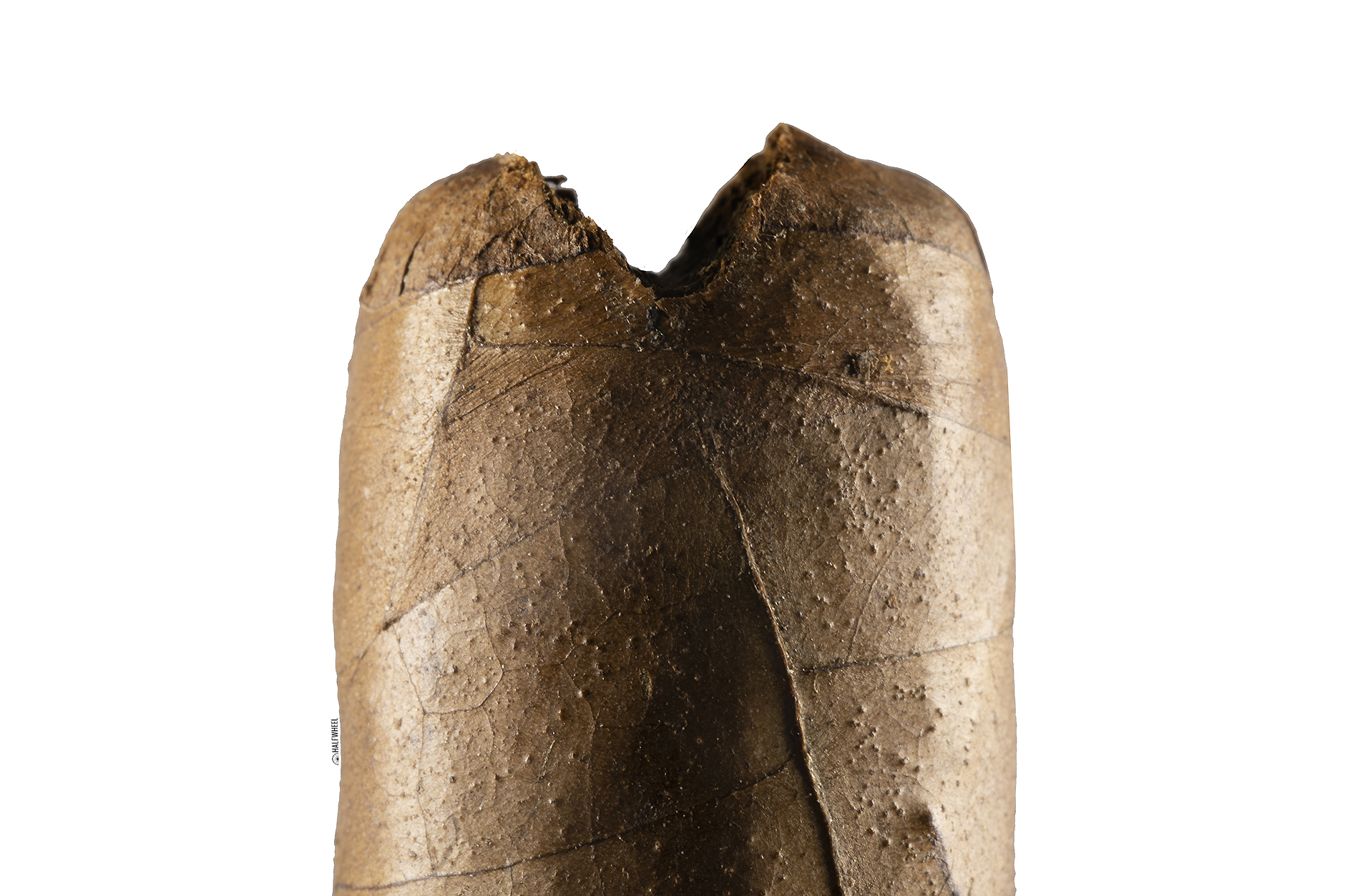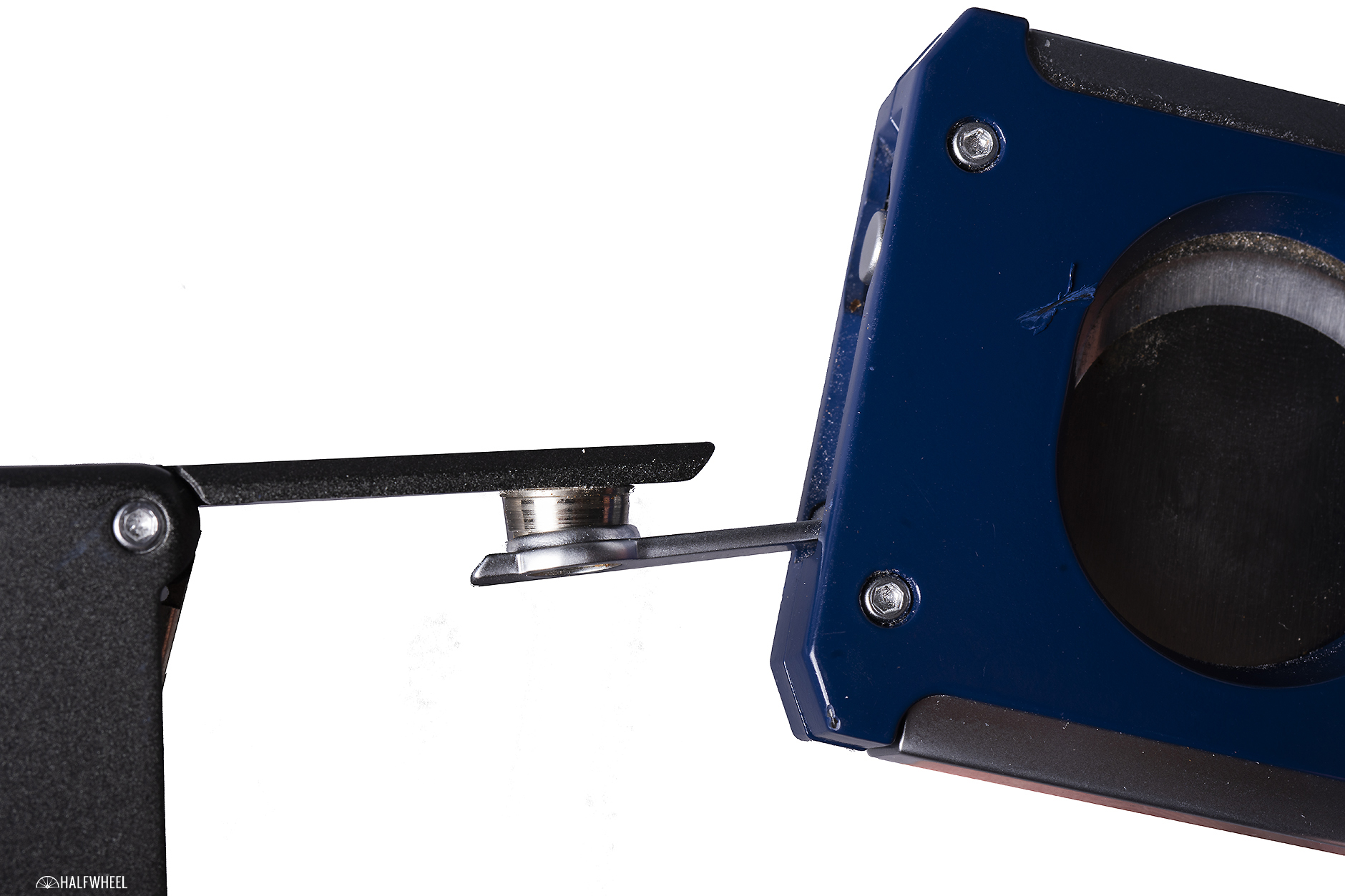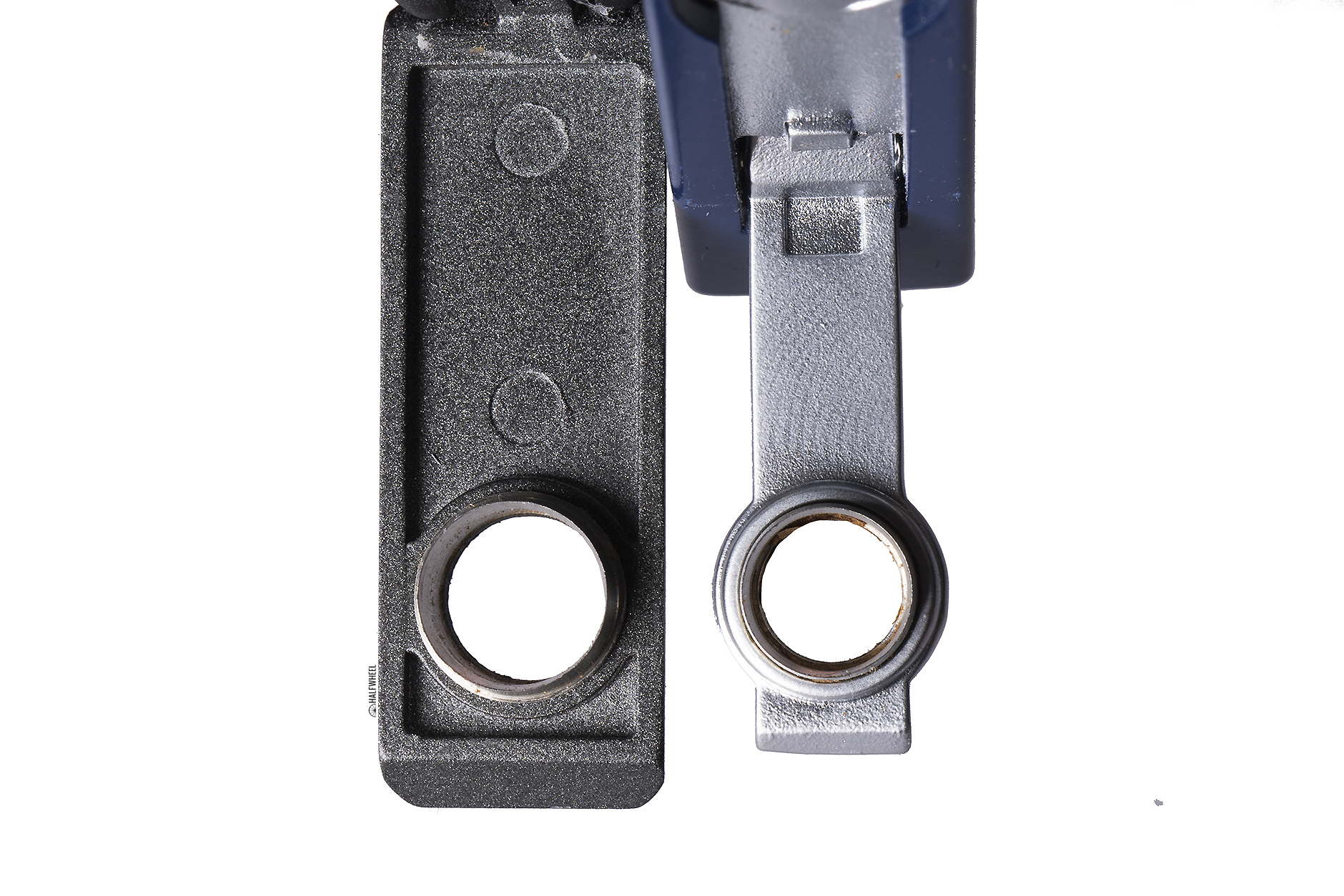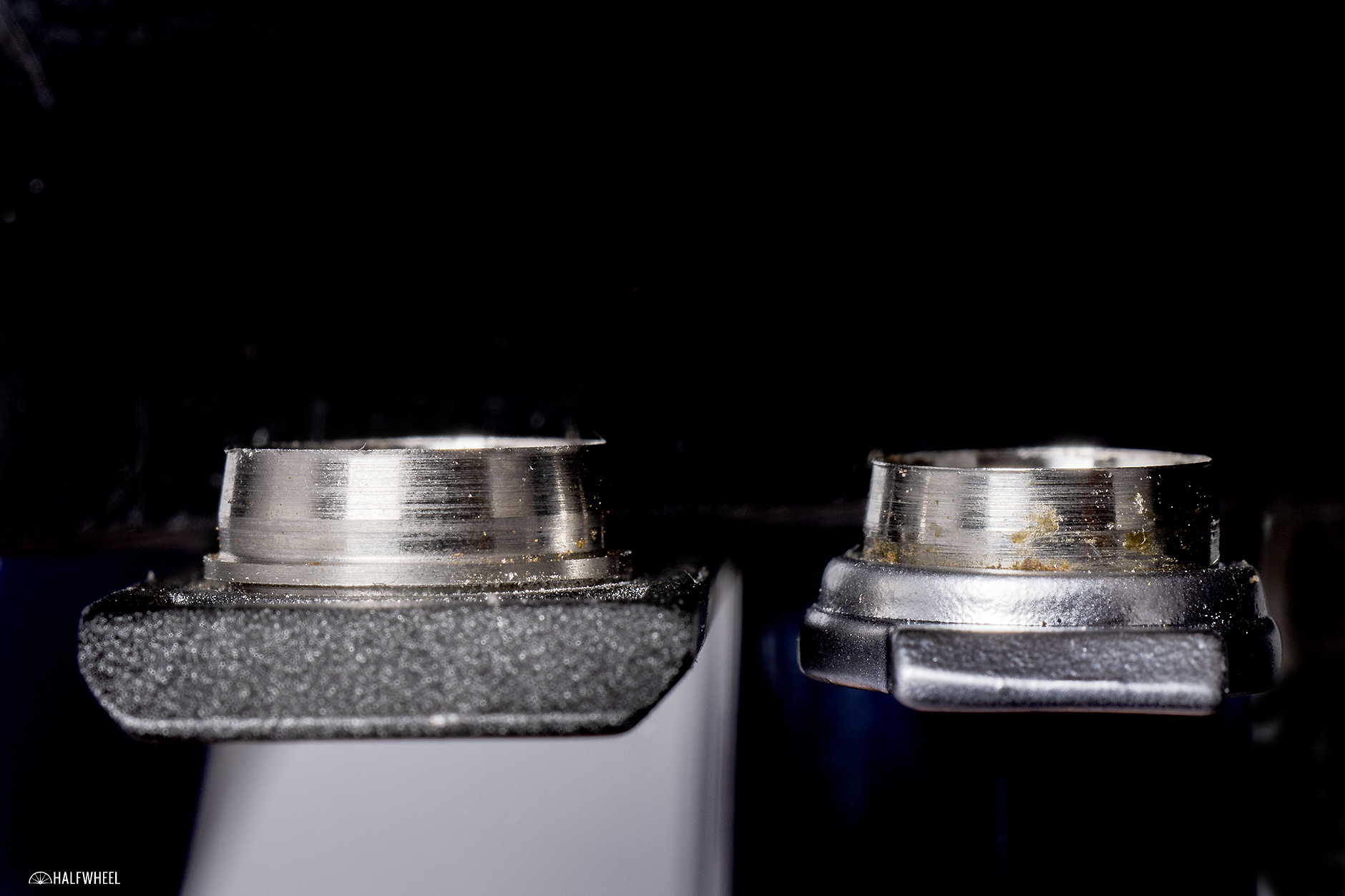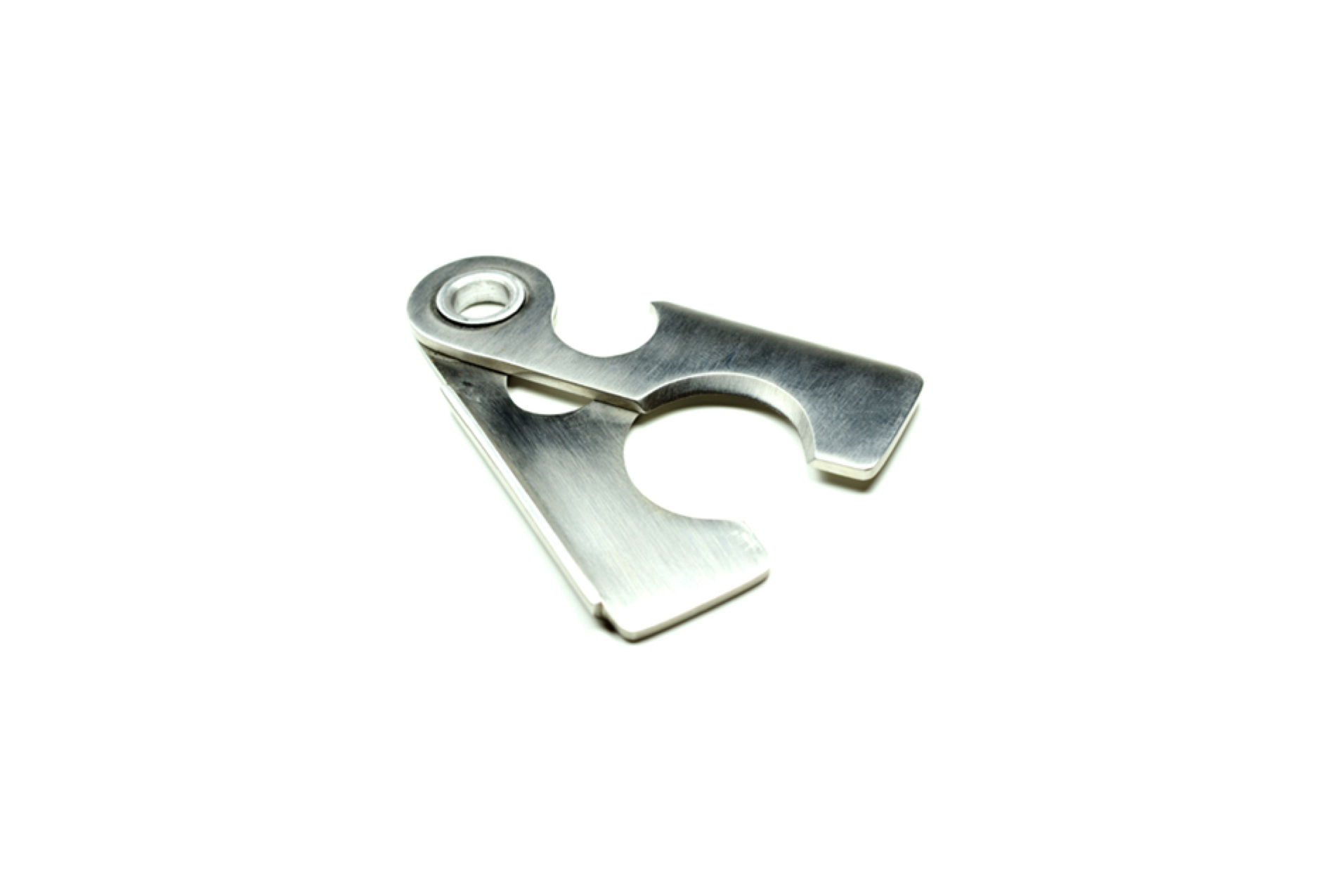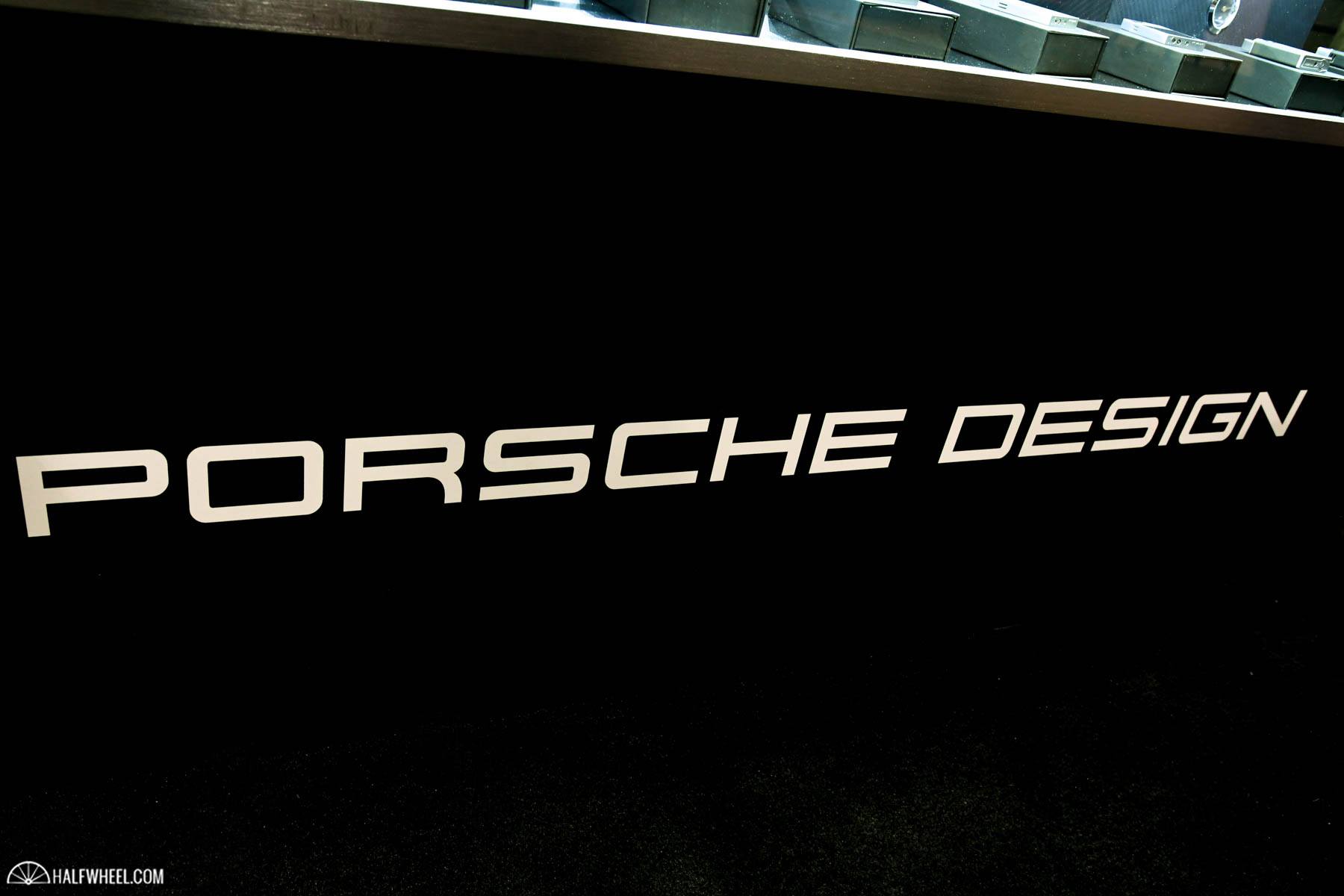Last year, Porsche Design introduced a new cutter named P´3626 which was designed with not one, not two, but three very different cutter options in the same product.
WHAT IS IT?
Although you could not guess from its fairly generic name, the Porsche Design Cigar Cutter P´3626 is actually three different cigar cutters in one streamlined product: a double guillotine blade, a v-cut blade and a punch.
When viewed vertically, the double guillotine blade is on the bottom and the v-cut blade is on the top, while the punch blade folds out from the top of the base. The trigger bar is located to the left of the first two openings and has the words “Porsche Design” engraved on the outside edge.
The cutter measures 3.22 inches long, 1.85 inches wide when it is closed—that number increases to 2.75 inches when it is open—and .43 inches thick. The body is made of metal while the blades are made of stainless steel, and the whole cutter weighs a total of 3.7 ounces. According to the company, the double guillotine blade is capable of cutting a 60 ring gauge cigar completely in half if needed—I was able to cut the cap off of anything up to about a 70 ring gauge cigar with ease—while I found that the v-cut blade can handle anything up to about 64 ring gauge with no issues. In addition, the punch blade is 7mm in diameter, meaning it can be best used on cigars between about 40 ring gauge and 54 ring gauge; while it can be used on larger ring gauge cigars, the draws tend to not be ideal since you are trying to get air past a large amount of tobacco through a relatively small hole.
It is offered in three color options: Black, Gray or Silver.
HOW MUCH DOES IT COST?
$164.25 regardless of the color.
HOW DOES IT WORK?
As mentioned above, the P´3626 features three very different ways to cut your cigars, but two of the options are opened and closed at the same time; specifically, the double guillotine blade and the v-cut blade. Both blades open and close using the same rail, meaning both blades are pushed closed even if you are only cutting a cigar in one of them. However, the punch blade—which is built into the bottom of the case—opens independently.
In terms of operation, the double guillotine and the v-cut blades are activated by pushing down on the aforementioned long trigger bar located to the left of the openings. When pushed inwards with a bit of force, the trigger releases the spring-loaded section outwards with a nice snap, ending its journey when both blades are totally clear of their respective openings. You then place the cap of the cigar into the opening of your choice and apply pressure to the trigger bar, which pushes whichever blade you are using at the time through the cap until it comes to the end of its journey. At that point, the blades lock in place with an audible click until you push on the trigger to start the process all over again.
The punch blade is opened by grabbing the sides of the bar it is attached to with two fingers and pulling it from the base of the cutter, which causes the entire bar to swing open from the body. That bar stops moving when it reaches a 90-degree angle, which makes it an extension of the left side of the cutter case. You then use the blade by placing the sharp edge of the circle onto the cap of the cigar and carefully push down while rotating the cutter in a semicircle motion at the same time. The combination of the motion and pressure pushes the blade through the cap so that when you pull it out, the section of the cap that was cut remains in the cutter opening. Finally, you push the bar closed so that it is once again flush with the bottom of the cutter which pushes the cut cap out of the other side of the punch blade opening due to a small pole being in the way, allowing you to discard it where you please.
I used all three blade options of the Porsche Design P´3626 interchangeably over a period of about five weeks for virtually every cigar I smoked. This gave me plenty of time to determine that all three options gave me virtually no issues whatsoever in consistently cutting caps of cigars cleanly.
THE GOOD
- More Options The Better — The ability to have three very different cutting options in one portable product really cannot be overstated. While there are other cutters that offer more openings, there aren’t many products that have all three options in one portable package.
- All Three Cuts Give Very Good Results — Along with the above, regardless of which option I chose, I ended up with nice, clean cuts 99 percent of the time.
- Visually Attractive — The gray version I reviewed is both sleek and stylish, while the chrome trigger bar only enhanced the overall presentation.
- Compact & Nicely Balanced — Although it is heavy enough to help give balance to each of the three cutters when actually using it, it is not so heavy that it causes issues if you want to carry it around in your pocket.
- Cut Caps Are Held In Place — For both the v-cut and punch options, the cap that you just cut is held in place until the time—and the place—you decide to dump them.
- Warranty — The P´3626 comes with a two-year warranty.
THE BAD
- Cost — I expect a product that includes three usable blades to not be cheap, but $165 is still quite a bit of money for a cutter.
- Value — Along with the above, considering that you can buy essentially the same cutter—at least when it comes to actual cutting capabilities—paying the extra $50 for this cutter over Visol Product’s Trident (more below) can be considered somewhat of a hard sell. It is not just a similar look visually; the two cutters are made with the same blades, the same opening/closing mechanism and are even made at the same factory.
- Trigger Bar Randomly Activates While In Your Pocket — There were many times—more than 20—where I realized that the cutter had come open randomly as I was carrying it around in the pocket of my jeans. Although I never cut myself due to this happening, it is definitely something to be aware of.
THE COMPETITION
While there are relatively few options in the category of dual blades in one product, there are even fewer products combining three blade choices. Visol Products—the company that actually distributes Porsche Design smoking products—sells a product that looks virtually identical to the P´3626, but for two-thirds of the price. The Trident by Caseti ($110) not only features the exact same blades and opening mechanism in its very similar case design but is also made at the same factory. After using both of the cutters side-by-side, I found that two of the three cutting options—specifically, the double guillotine blade and the v-cut blade—had virtually identical performance, while the punch blade on the Visol gave cuts that were not as good as the P’3626.
In fact, the products are so similar, I decided that it would actually be easier to just make a list of differences between the two cutters:
- The P´3626 is slightly taller than the Trident, by about five millimeters or so.
- The Trident costs roughly $50 less than the Porsche Design cutter.
- The P´3626 weighs slightly less than the Trident: the Trident weighs 113 grams while the P´3626 weighs 109 grams.
- While the P´3626 is only offered in three colors, you can choose nine different colors with the Trident. Having said that, you can buy both cutters in roughly the same colors: Gray and Black.
- While the cut cap remains inside of the punch blade on both the P´3626 and the Trident, getting that piece of tobacco out of the blade’s opening after the cigar is cut is a significantly easier process when using the P´3626.
- However, while both swing open in the exact same manner, the P´3626 is much easier to open due to the fact that the bar is easier to grip, while the opening for the Trident cutter has to be pried open using a fingernail or the like.
- In addition to the above, the results I ended up with using the punch blade on the Trident were noticeably inferior to the cuts from the P´3626, with more cracked caps and damaged wrappers. Upon closer inspection, the Trident’s punch is both thinner—it can fit inside of the Porsche Design’s punch—and shallower than the P´3626.
Additional Competitors
- Colibri SV-Cut ($75) + Quasar Punch ($59) — For under $135—or about $30 less than the P´3626—you can use two products, each of which gives you as good or better cuts as well as more options, at least when it comes to the punch blade portion. Of course, the big downside is that you have to carry around two different products instead of one.
- Visol Marcel Wedge Cigar Cutter ($50) — While it does have both a 60 ring gauge v-cutter and a 9mm punch built-in—not to mention costing $110 less than the P´3626—this cutter does not include a double guillotine blade. Note: I have not reviewed this cutter.
- S.T.Dupont Double Cigar Cutter ($209) — While it costs about $50 more than the P´3626 and does not include a punch cutter, the S.T. Dupont Double Cigar Cutter does include both a straight cutter and v-cutter that both work very, very well. In addition, the opening and closing mechanisms are extremely similar. The resulting cuts were very similar out of both cutters as well, so I would purchase the Porsche Design cutter if making a choice between the two of them.
- Visol Ferris Wedge Cigar Cutter ($50) — Another Visol v-cutter with a built-in punch—albeit only 8mm instead of the 9mm found on the Marcel—the Ferris also features a push-button spring action opening mechanism as well as a built-in cigar stand. Note: I have not reviewed this cutter.

SHOULD YOU BUY IT?
Yes.
Each of the different cutting options on the P´3626 excelled at cutting pretty much every cigar I tried cutting, and I cannot emphasize how convenient it is to have three different cutting options in one well-made, compact product. Smoking a 70 ring gauge cigar? Go with the v-cut. Fancy a lancero? Straight cut it is. Want a bit of a tighter draw? Take out the punch. Having said that, it is hard to dismiss the fact that you can get almost the exact same cutter for $50 less by purchasing the Trident by Caseti—albeit with a punch cutter that is not nearly as good—and with quite a few more color options to boot. Sure, the case on the Trident does not have quite the same high-end feel to it, but it is more than serviceable.
However, after writing this review, it turns out there are a number of other questions that you, the reader, may need answered that are unique situations due what this specific cutter brings to the table:
- If you are going to use each of the three different cutter options relatively equally, should you buy the P´3626? Yes. Due to the results I got from the punch cutter on the Trident, I would pony up the money for the P´3626, with which you can get equally good results regardless on which cutter option you choose.
- If you are going to use the straight and v-cut options but not the punch option should you buy the P´3626 (or something else?) If the punch cutter is not something that interests you, I would buy the Colbri SV-Cut.
- If you are going to use the straight and punch cut options but not the v-cut, should you buy the P´3626 (or something else?) I would buy the combination of a great straight cutter and a great punch cutter, like the XIKAR M8, and the Quasar Punch.
- If you are going to use the v-cut and punch options but not the straight cut, should you buy the P´3626 (or something else?) The P´3626 is good enough to fulfill both of those needs, but at a fairly high cost. I would think about buying either two separate cutters—like the XIKAR VX2 V-Cut and the aforementioned Quasar Punch—or a combination v-cut and punch cut product like the Visol Marcel Wedge Cigar Cutter.

